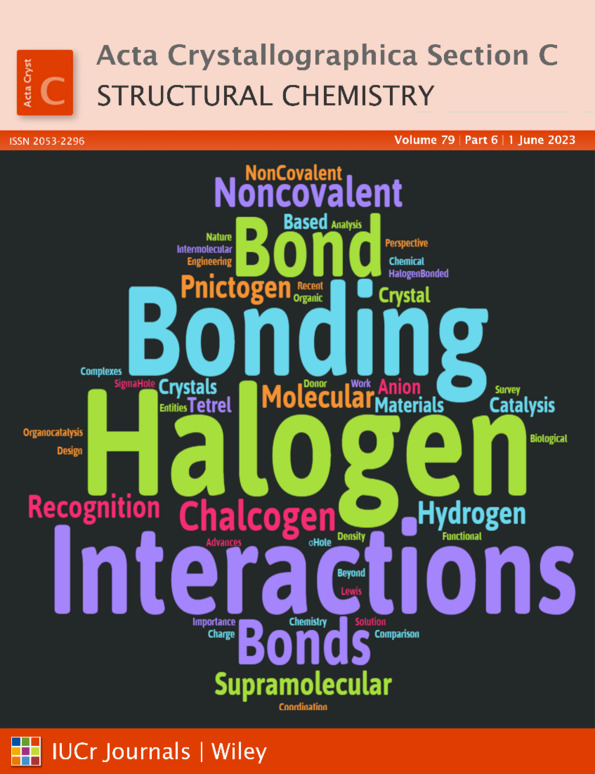Tb2–xNdxZn17–yNiy (x = 0.5, y = 4.83): a new intermetallic with a maximum disordered structure and its hydrogen storage properties
Abstract
The ternary Tb2–xNdxZn17–yNiy (x = 0.5, y = 4.83) disordered phase belongs to the structural family based on the rhombohedral Th2Zn17 structure type. The structure is maximally disordered since all the sites are occupied by statistical mixtures of atoms. The Tb/Nd mixture of atoms occupies the 6c site (site symmetry 3m). The statistical mixtures Ni/Zn consisting of more Ni atoms are located in the 6c and 9d (symmetry .2/m) sites. In the following 18f (site symmetry .2) and 18h (site symmetry .m) sites are located Zn/Ni statistical mixtures which consist of more Zn atoms. Zn/Ni atoms form three-dimensional networks with hexagonal channels that fill statistical mixtures of Tb/Nd and Ni/Zn. The Tb2–xNdxZn17–yNiy compound belongs to the family of intermetallic phases capable of absorbing hydrogen. In the structure, there are three types of voids, namely, 9e (site symmetry .2/m), 3b (site symmetry  m) and 36i (site symmetry 1), in which hydrogen can be inserted, and the maximum total absorption capacity can reach 1.21 wt% H2. Electrochemical hydrogenation shows that the phase absorbs 1.03% of H2, which indicates partial filling of the voids with H atoms.
m) and 36i (site symmetry 1), in which hydrogen can be inserted, and the maximum total absorption capacity can reach 1.21 wt% H2. Electrochemical hydrogenation shows that the phase absorbs 1.03% of H2, which indicates partial filling of the voids with H atoms.




